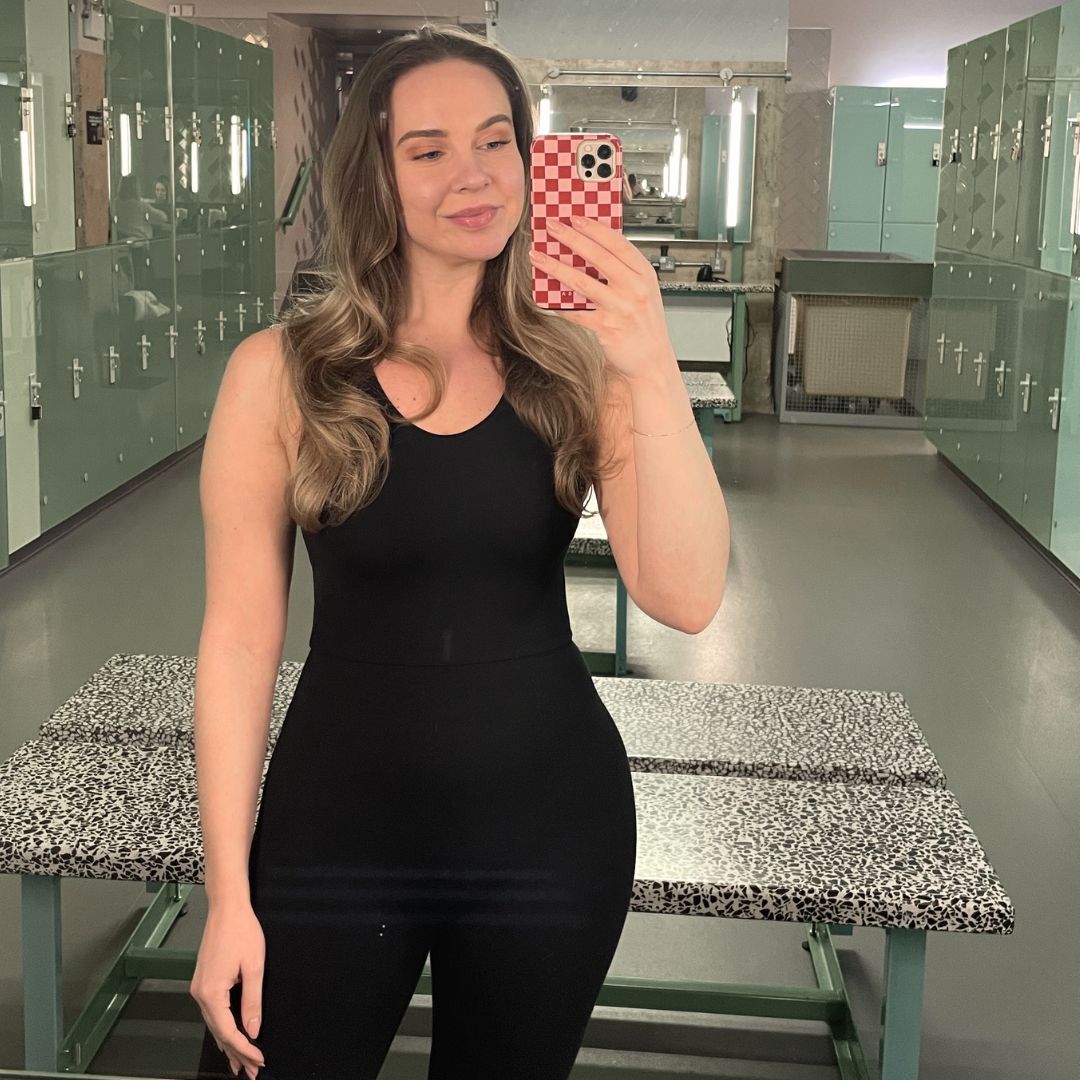I trained like a ballet dancer for a month - and I've never felt so humbled but strong
It's all about grace and strength.
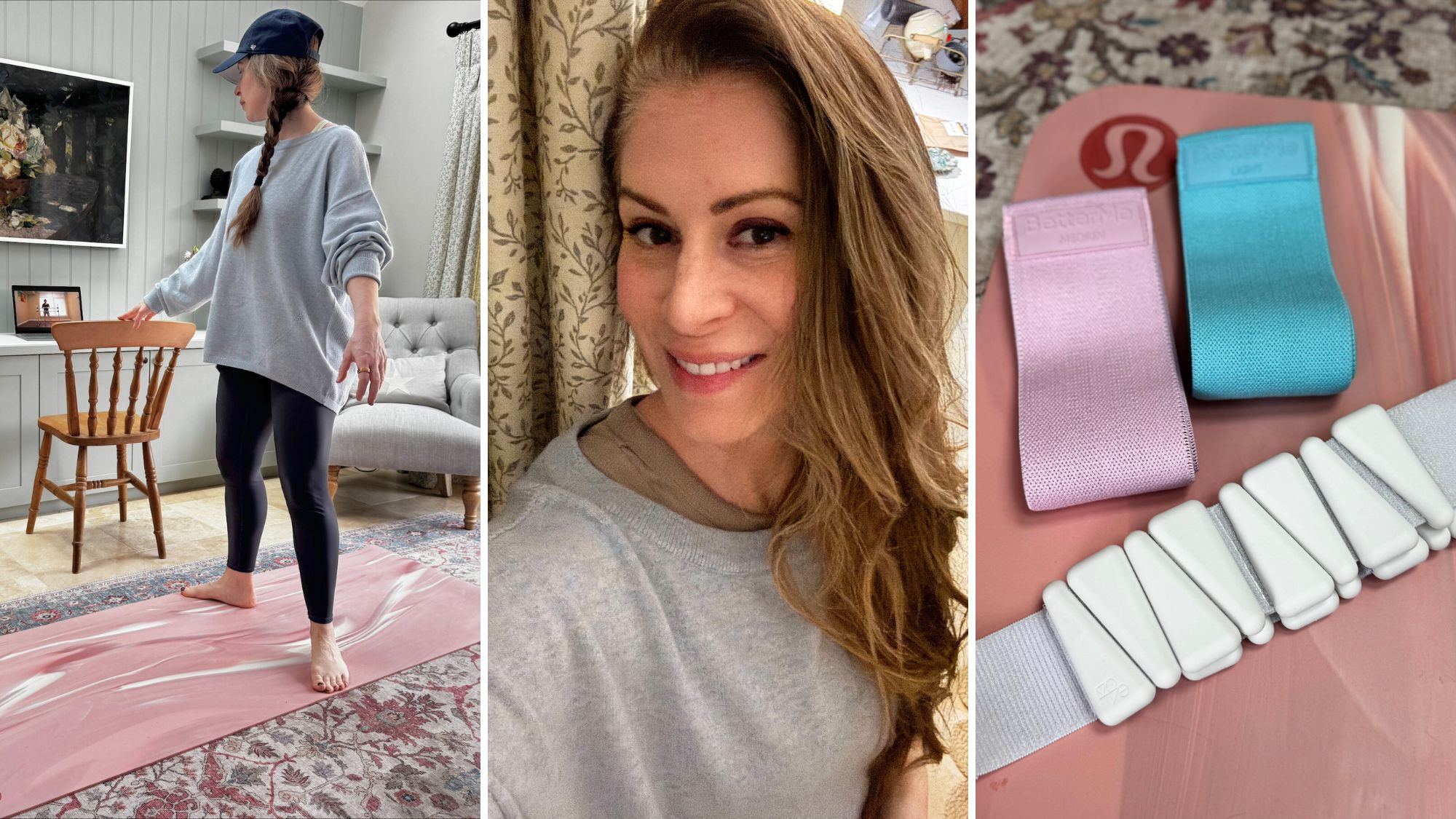

Since falling out of love with HIIT, I've been constantly on the hunt for low-impact yet highly effective workouts that promise to improve my strength and endurance. As a woman hurtling towards menopause, I've had to change how I exercise to align with my body's changing needs and abilities recently. That said, this doesn't mean I want to step off the gas and allow my fitness to stall.
And you know who is fitter and stronger than pretty much anyone? Ballet dancers. My love affair with barre and Pilates (find me a Pilates instructor who hasn't also been a dancer) has opened my eyes to exactly how hard-core seemingly simple moves are. Let me tell you, it takes some serious strength to hold a plie for more than a few seconds.
Research - including this study, undertaken by the University of Hertfordshire - shows that ballet dancers' overall fitness is greater than that of Olympic swimmers (and Olympic swimmers are in seriously good shape - just think back to Summer McIntosh smashing record after record at the Paris Olympics last year).
And while we all know that mixing up our training is essential for building strength and endurance, as well as ensuring we're maintaining a well-balanced regime. Which got me thinking - could training like a ballet dancer for a month help me to boost my fitness and get me out of my workout rut? I decided to put the workout to the test for an entire month to find out.
Keep scrolling to find out how I got on, but while you're here, do check out our guides to the best low-impact exercises, the benefits of low-impact strength training, and find out how I got on when I tried vertical Pilates, here. Keen to read more about Barre, the ballet-inspired studio workout? We've got guides to the best Barre exercises, the many benefits of Barre, and the best Barre classes available to stream, plus a dedicated Barre review, here.
I tried training like a ballet dancer for a month - I can't believe how tough it was and how much stronger I feel
What does training like a ballet dancer involve?
It's clear that ballet dancers do way more than a few rond de jambe (that's a sweeping motion of the leg, which can be performed with the foot either skimming the ground or in the air), FYI to keep themselves in tip-top physical condition. Dancers follow an intense routine of muscular strength and conditioning work to power their bodies through explosive jumps and endurance for holding tricky positions, with regular high-intensity training thrown in for good measure.
Not to mention, the balance, alignment and posture aspect of the discipline. I have it on good authority that dancers often include advanced Pilates workouts in their weekly workout rotation in order to work their postural muscles and improve stability and control.
Marie Claire Newsletter
Celebrity news, beauty, fashion advice, and fascinating features, delivered straight to your inbox!
"Ballet challenges very specific muscles in our body, for example, the turnout muscles which help to externally rotate the leg," notes dancer and fitness instructor, Eloise Skinner. "Ballet demands a high level of muscular control and relies on strength in order to execute the movements with correct technique."
So whether you're dancing for art's sake or to work on all of the above, all ballet classes will include a combination of these skills.
@aliciamaeholloway ♬ Flowers - SoundAudio
What are the benefits of training like a ballet dancer?
"Ballet is one of the most holistic forms of movement, benefiting both the body and the mind in profound ways," says Isabella McGuire Mayes, founder of Ballet with Isabella. "Physically, it promotes excellent posture and is an excellent form of cross-training for athletes and dancers alike. But beyond its physical benefits, ballet is an incredible mental workout, too."
1. It improves posture
There's no doubt that we associate ballet dancers with excellent posture, holding themselves with grace and poise. "Ballet promotes amazing posture by strengthening the core, back, and stabilizing muscles," says McGuire Mayes. "This helps counteract the negative effects of modern sedentary lifestyles."
2. It boosts strength and endurance
"Physically, ballet delivers so many benefits," notes Skinner. "It improves overall strength, especially through the legs and feet, mobility through the hips and spine, flexibility in particular, the feet and upper body), spatial awareness, balance, control, breathwork and agility."
3. It's low-impact and suitable for all levels of ability
Having tried ballet for a month, I'm going to caveat this statement - while ballet is mostly low-impact, if you're new to the practice, prepare to be challenged. Generally, we associate a low-impact workout as reducing the risk of injury - but with ballet, you'll need to
"Regular practice can lead to the development of strengthened muscles, sustainable results and improved overall body awareness," says dancer and founder of The Barre Series, Catie Miller. "It offers a comprehensive workout that enhances strength, flexibility, and coordination. However, starting with foundational movements allows newcomers to gradually build the necessary physical attributes."
4. It's great for mental clarity and focus
The benefits of a ballet habit extend way beyond the purely physical. "Psychologically, there are also many benefits to ballet," agrees Skinner. "When we focus our mind on dance technique, we might feel more present, aware, mindful and focused. Working towards a particular goal (of which there are many in ballet!) can help us develop motivation, determination, grit and perseverance, as well as giving us a sense of satisfaction and pride when we reach our goal."
Not only this, but there are scientifically-backed neurological benefits to ballet dancing, too. Learning a new skill forms neural pathways and connections in the brain, and research shows that challenging ourselves in dance class improves executive function, long-term memory and spatial recognition.
5. It fosters a sense of community
Traditionally performed in studios, ballet classes are great for our emotional wellbeing. "Moving together in a class with others helps us feel connected to each other and build a sense of shared passion with our community," agrees Skinner. Nothing bonds us faster than a common enemy, right?
6. It helps reduce stress and improve mental coordination
Ballet is good news for both our physical and mental dexterity and agility. "Practicing ballet is great for stress reduction, mood enhancement, and increased self-confidence," shares Miller. "Engaging in ballet requires mindfulness and focus, which can be meditative and grounding. Additionally, combining movement with music creates a 'pleasure double play,' stimulating the brain's reward centres and enhancing mental coordination."
@lizenlair ♬ original sound - lizenlair💃🏻
I trained like a ballet dancer for a month - here's how I got on
Weeks one and two
I'll level with you: as a child, I harboured (very cliche) dreams of becoming a professional ballet dancer. As it turns out, life (and my inherent ability or lack thereof) got in the way, and I reluctantly gave up on my dream, but when I was offered the chance to reignite my passion (I'd love to say and skill, too, but we move) for dance, I was super excited.
I was lucky enough to be offered the chance to access McGuire Mayes' online ballet platform, and as week one rolls around, I can't wait to log on. The platform offers a comprehensive workout that promises to enhance strength, flexibility, and coordination, which I'm fairly confident I can handle. But my enthusiasm is swiftly replaced by humility as I realise just how tough this is going to be.
I'm struck by how challenging the blend of strength and stability proves: I'm less than halfway through a beginner's class when I admit defeat and start to modify the moves - something my ultra-competitive personality rarely allows. Humbled, I turn back to the experts for reassurance.
"The class should feel challenging; muscles will quiver and fatigue!" reassures Miller. "But pain is never the aim. Please don’t push through if something doesn’t feel right!"
In a bid to feel less inadequate. I turn to YouTube and find quite an array of beginner ballet classes that I can access online. I'min business - until my old, niggly hip injury flares. I know I'm hypermobile, and I'm concerned that this could lead to injury, so again, I mine the experts for their take.
"People with back, knee, foot or hip injuries should seek advice from a medical professional before starting, since the practice can place a high demand on these areas of the body - but it should still be possible to adapt the exercises in most cases," cautions Skinner. "Hypermobile students typically experience a greater range of motion in their joints, which can definitely be an advantage in ballet. However, for a ballet beginner, it's important to stay within a safe range of motion and not use hypermobility to stretch beyond this - injuries might be more likely to occur when the joints carry a larger range of motion, and some ballet exercises can encourage overstretching."
Luckily, within a couple of days, I'm feeling more comfortable again, so I deem myself fit to continue into week three.
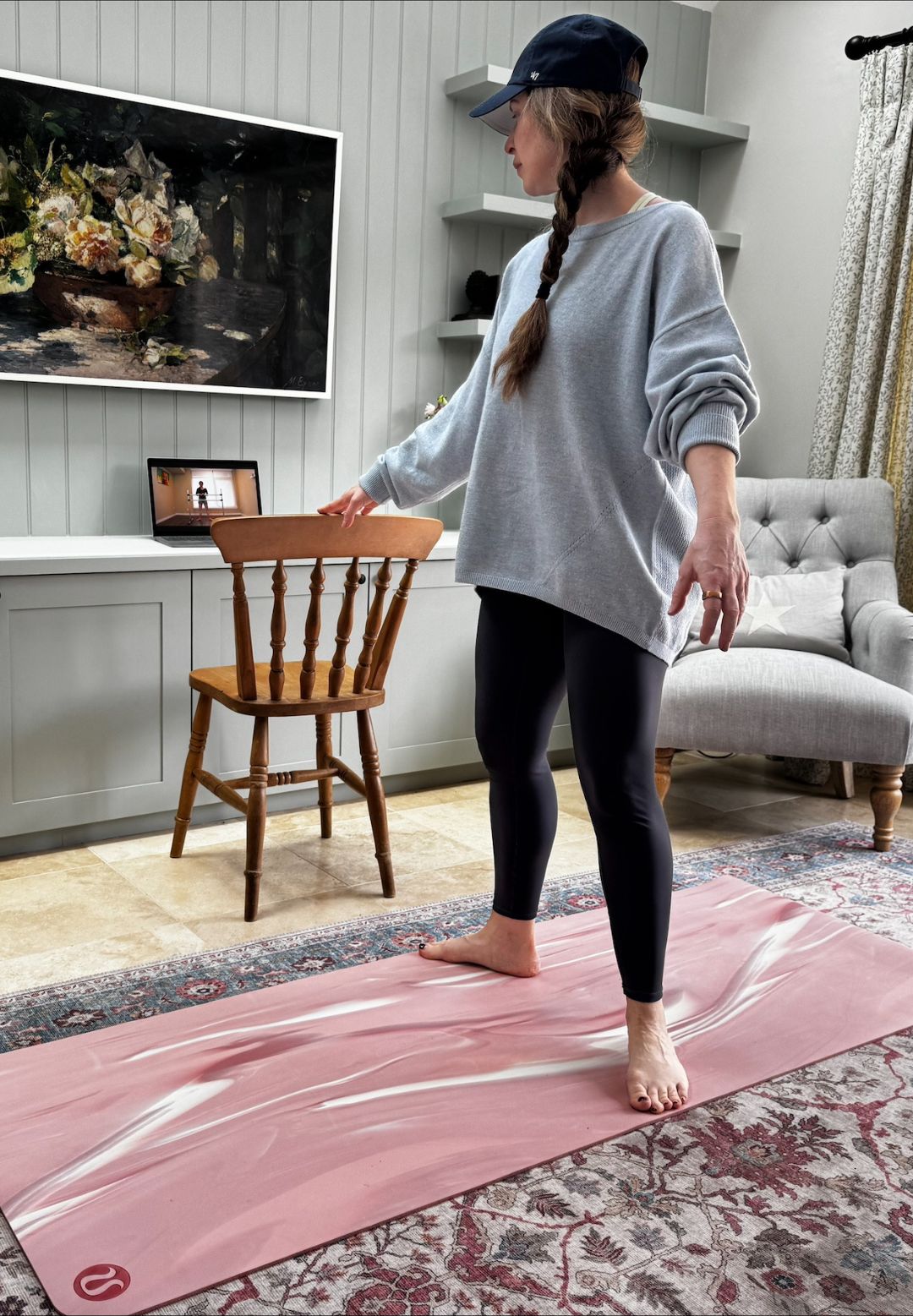
Anna during her ballet challenge
Weeks three and four
Weeks two and three continue in a similar vein. I was prepared for this challenge to be tough and for my body to be worked in different ways, but I was not expecting to find it nearly impossible at times, especially as the month progresses - surely I should have improved by now?
"It's entirely normal to find ballet exercises challenging, even with a strong fitness background," says Skinner. "Ballet engages muscles in unique ways, often targeting stabilising muscles that may not be emphasised in other forms of exercise. With consistent practice, many individuals begin to notice improvements in strength and endurance within a few weeks. Consistency is key!"
Undeterred, I push on - and by the end of the month, I definitely notice that my ankles feel stronger (weird, but I'm taking it as a win!), and I'm not rolling over so much when I raise my heels. I'm hoping there's some kind of legitimate real-life benefit to this - perhaps I'm now less likely to sprain my ankles.
I'm also upping my strength training, lifting heavier in an attempt to make those plies feel not quite so painful - and the unexpected upside of this is that my weekly 5k feels (slightly) easier - I'll take it.
By the time I've completed four weeks of training, I'm starting to settle into the flow of the moves - although my external rotation still sucks, I'm not going to lie. I've found that a good strech and some foam rolling after my sessions has helped ease my niggles, and overall I'm feeling stronger.
Will I continue my new hobby? I hope to: I'm even planning to pop along to a class IRL soon. But one thing is for sure: I'm not quitting my day job!

Anna at the end of her ballet challenge
Shop MC UK's essential ballet kit here:
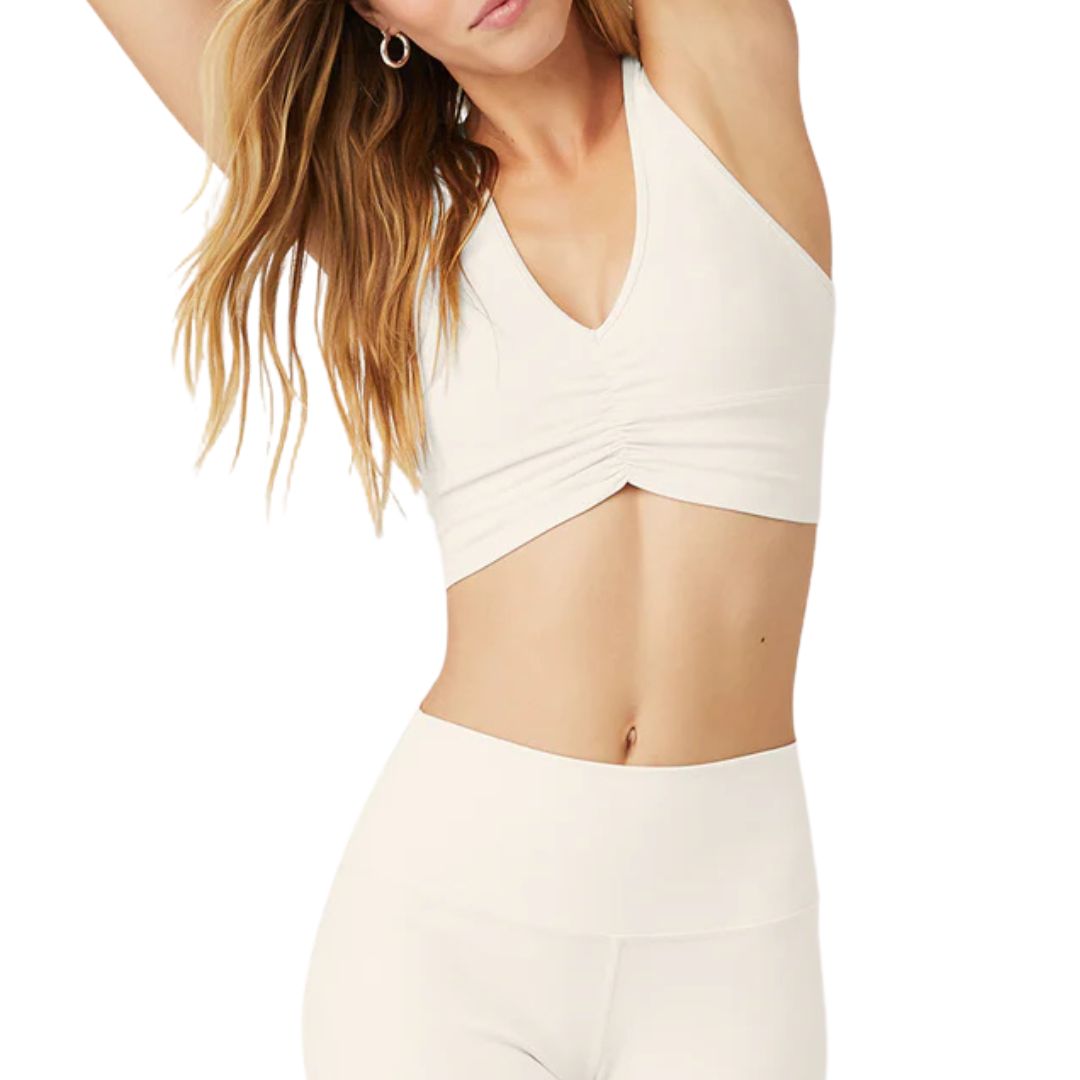
Channel your inner ballerina in this gorgeous Alo Yoga top. Super versatile, it can be worn as a bra or a crop top, and it's supportive and comfortable enough to plié your way through your workout.
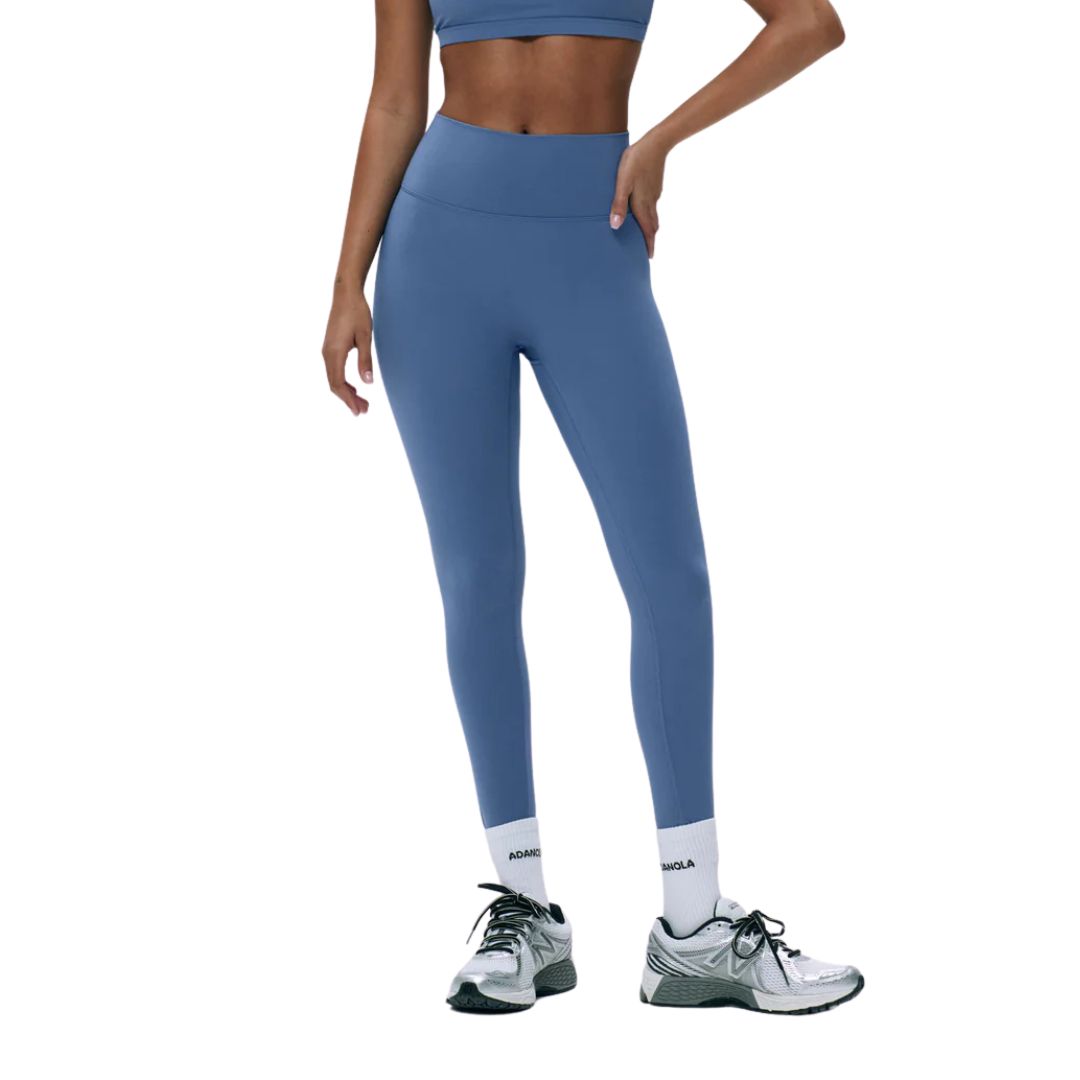
There's something about ballet and pastel colours, and these vintage blue leggings from Adanola fit the bill perfectly. One of our favourite legging brands, the Ultimates are more than fit for purpose.
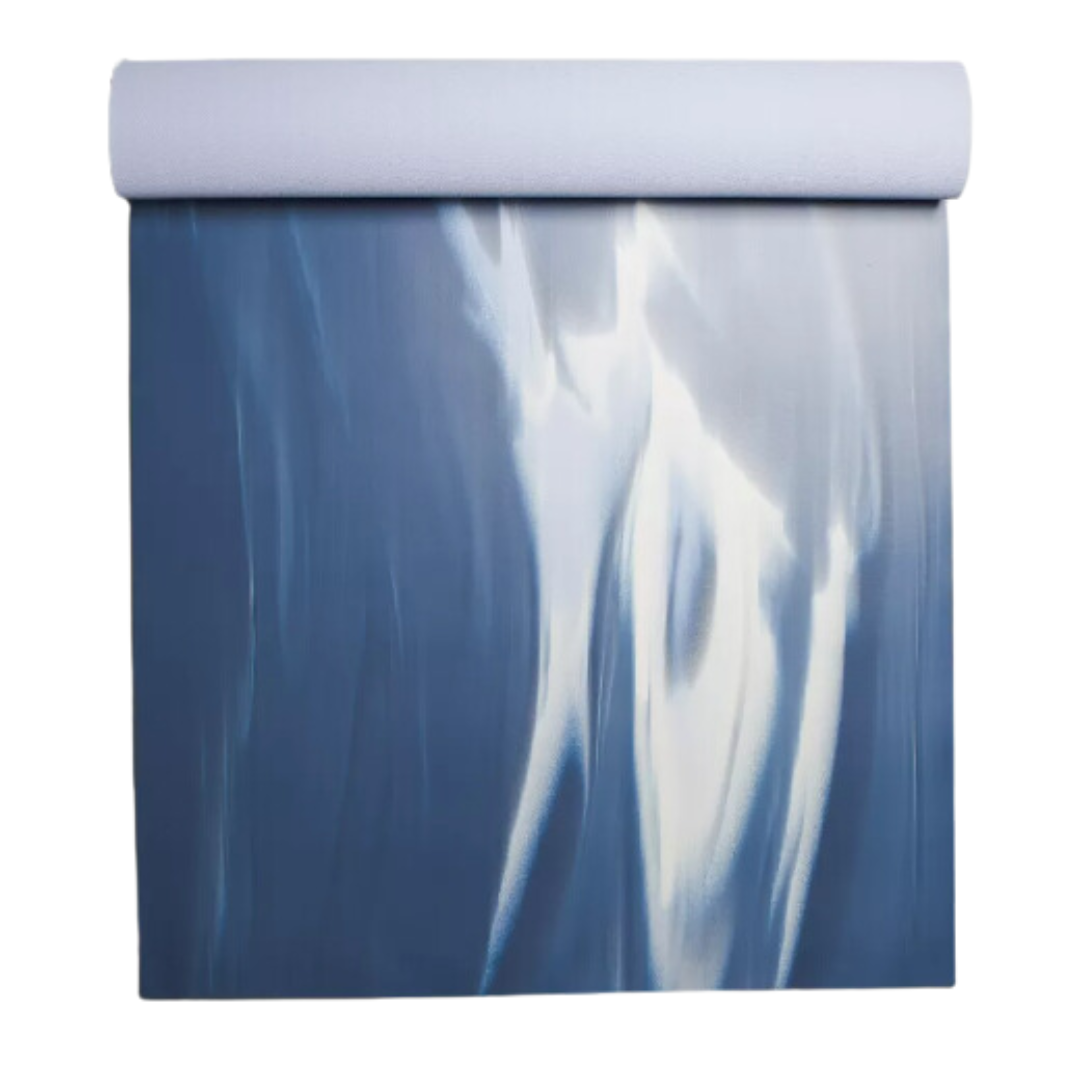
You're going to need a comfy mat to stretch your limbs out after all that ballet - and Lululemon's The Mat is just the ticket. Surprisingly thick and grippy, there's a range of colourways to choose from.
Is ballet suitable for beginners to strength training?
"Ballet is really for anyone who enjoys movement," assures Eliska Bouzkova, ballet and barre instructor at East of Eden. "Although it helps to do some prior training whether it’s strength, conditioning or other types of dance, you do not need any experience to start with ballet training. However, ballet is a very specific type of dance, and it is important to mention that professional dancers have to go through many years of training to get to a high level and to be able to go on pointe shoes."

Anna Bartter is a freelance journalist who writes about health, fitness and women's lifestyle for publications including Stylist, Metro and Psychologies, among others.
She's always on a quest to find a variety of fun and functional workouts that give you the most bang for your workout buck and she's passionate about championing movement for everyone's mental and physical wellbeing.
-
 This is not a drill: you can now shop Alexa Chung's actual wardrobe on Vinted
This is not a drill: you can now shop Alexa Chung's actual wardrobe on VintedOwn a piece of sartorial history
By Penny Goldstone
-
 New Look’s spring collection has dropped—as a picky fashion editor, I’m seriously impressed
New Look’s spring collection has dropped—as a picky fashion editor, I’m seriously impressedSpring trends at affordable prices
By Jazzria Harris
-
 I'm the founder of an ethical brand marketplace - why, in the wake of tariff-gate, protecting independent businesses is more important than ever
I'm the founder of an ethical brand marketplace - why, in the wake of tariff-gate, protecting independent businesses is more important than everThis Earth Day, the founder of Wolf & Badger shares why protecting sustainable brands is so pivotal.
By Ally Head
